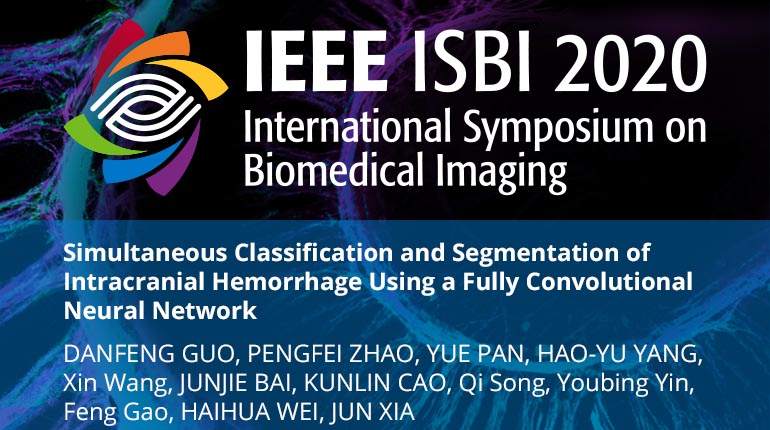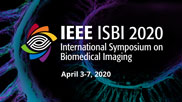Collection:

Intracranial hemorrhage (ICH) is a critical disease that requires immediate diagnosis and treatment. Accurate detection, subtype classification and volume quantification of ICH are critical aspects in ICH diagnosis. Previous studies have applied deep learning techniques for ICH analysis but usually tackle the aforementioned tasks in a separate manner without taking advantage of information sharing between tasks. In this paper, we propose a multi-task fully convolutional network, ICHNet, for simultaneous detection, classification and segmentation of ICH. The proposed framework utilizes the inter-slice contextual information and has the flexibility in handling various label settings and task combinations. We evaluate the performance of our proposed architecture using a total of 1176 head CT scans and show that it improves the performance of both classification and segmentation tasks compared with single-task and baseline models.
- IEEE MemberUS $11.00
- Society MemberUS $0.00
- IEEE Student MemberUS $11.00
- Non-IEEE MemberUS $15.00
Videos in this product
Simultaneous Classification and Segmentation of Intracranial Hemorrhage Using a Fully Convolutional Neural Network
Intracranial hemorrhage (ICH) is a critical disease that requires immediate diagnosis and treatment. Accurate detection, subtype classification and volume quantification of ICH are critical aspects in ICH diagnosis. Previous studies have applied deep learning techniques for ICH analysis but usually tackle the aforementioned tasks in a separate manner without taking advantage of information sharing between tasks. In this paper, we propose a multi-task fully convolutional network, ICHNet, for simultaneous detection, classification and segmentation of ICH. The proposed framework utilizes the inter-slice contextual information and has the flexibility in handling various label settings and task combinations. We evaluate the performance of our proposed architecture using a total of 1176 head CT scans and show that it improves the performance of both classification and segmentation tasks compared with single-task and baseline models.
 Cart
Cart Create Account
Create Account Sign In
Sign In
